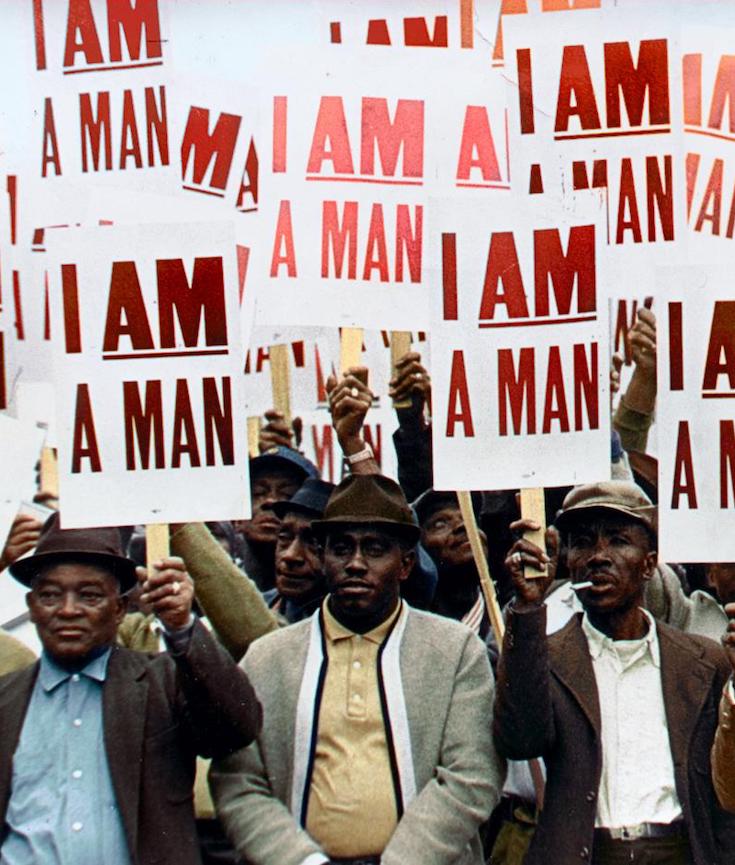[dropcap]One[/dropcap] of the most extraordinary and least understood aspects of Dr. Martin Luther King’s leadership was his incisive understanding of the power of visual images to alter public opinion,” says Maurice Berger, standing in front of an oversize silk-screen portrait of the slain civil rights leader. Berger, who is a professor at the University of Maryland, Baltimore County’s Center for Art, Design and Visual Culture, is the man behind a moving and expansive new exhibition documenting the effect of imagery on the civil rights movement for the National Museum of African American History and Culture. (The traveling exhibition, “For All the World to See,” is on view through November 27 at the National Museum of American History.) Berger worked on the collection—movies, television clips, graphic arts and photography, most of it from eBay—over the past six years. But in a larger sense, he’s been putting it together his entire life.
[mc4wp_form id=”6042″]

NATIONAL MUSEUM OF AFRICAN AMERICAN HISTORY & CULTURE | WASHINGTON, DC
The National Museum of African American History and Culture is the only national museum devoted exclusively to the documentation of African American life, history, and culture. It was established by Act of Congress in 2003, following decades of efforts to promote and highlight the contributions of African Americans. To date, the Museum has collected more than 36,000 artifacts and nearly 100,000 individuals have become charter members. The Museum opened to the public on September 24, 2016, as the 19th and newest museum of the Smithsonian Institution. (Website).


You must be logged in to post a comment.